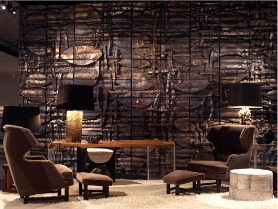 A little change of pace: Architectural Digest recently asked me to talk with four well-known interior designers that had opened galleries to show and sell works by contemporary design artists. More museums are collecting contemporary design, as I wrote here and here in 2009, so it made sense.
A little change of pace: Architectural Digest recently asked me to talk with four well-known interior designers that had opened galleries to show and sell works by contemporary design artists. More museums are collecting contemporary design, as I wrote here and here in 2009, so it made sense.
The headline reads Interior Designers Put Their Taste on Display, and after asking each designer why they got into the gallery business (one said he really didn’t want to get into “the machinery of the regular art world,” interestingly), I asked each to chose three pieces and say why he liked them.
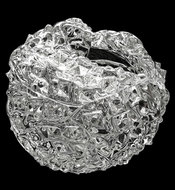 That’s a wall by New York ceramicist Peter Lane at left, and a Murano glass vase by Ritsue Mishima at right.
That’s a wall by New York ceramicist Peter Lane at left, and a Murano glass vase by Ritsue Mishima at right.
You can see them all in the slide show.
I’d say some of the pieces qualify as “art,” and some come in limited editions. Museum quality? Curators would have to decide.
Photo Credits: Courtesy of Gray Gallery (top) and Hedge Gallery (bottom).


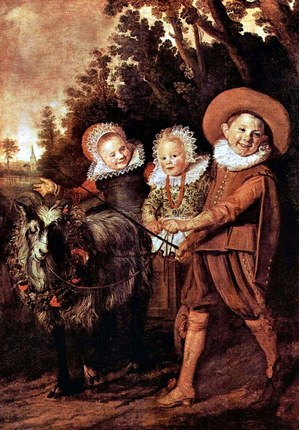
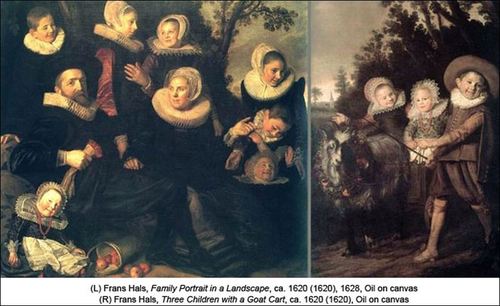
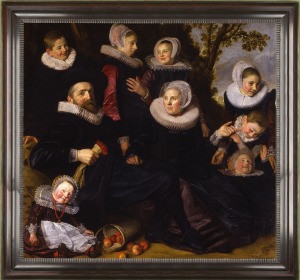 It has purchased a beautiful painting by Hals, called Family Portrait in a Landscape, from the 1620s. It’s big — almost five feet square — and Toledo will hang the work in its Great Gallery, near Rubens’s The Crowning of St. Catherine and Guercino’s Lot and His Daughters,
It has purchased a beautiful painting by Hals, called Family Portrait in a Landscape, from the 1620s. It’s big — almost five feet square — and Toledo will hang the work in its Great Gallery, near Rubens’s The Crowning of St. Catherine and Guercino’s Lot and His Daughters,